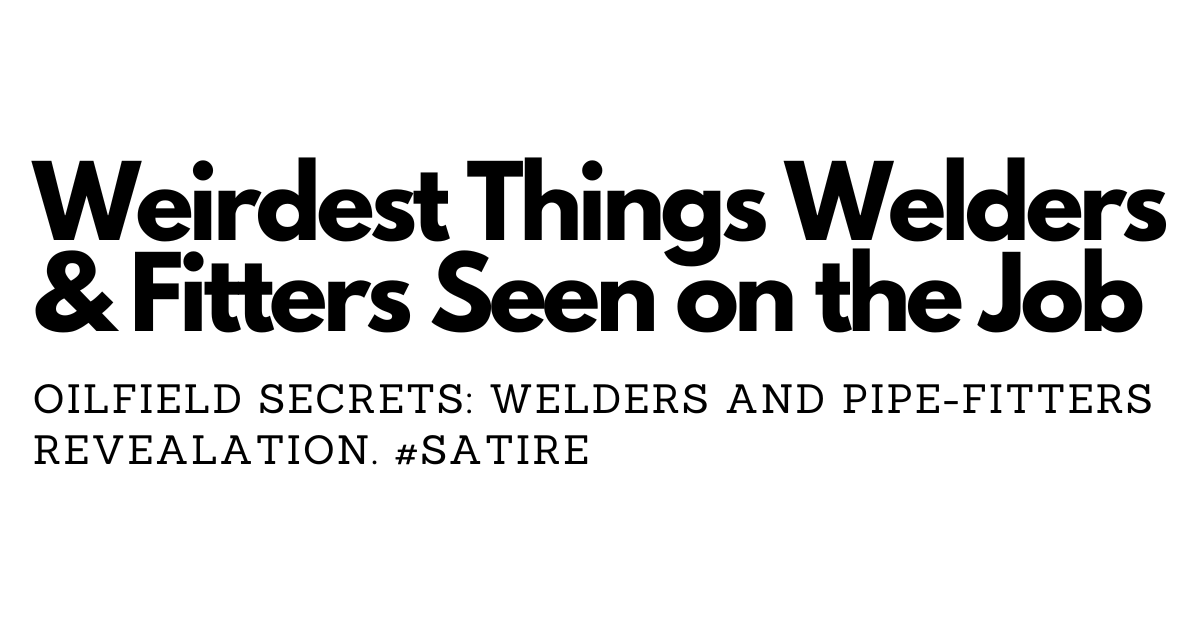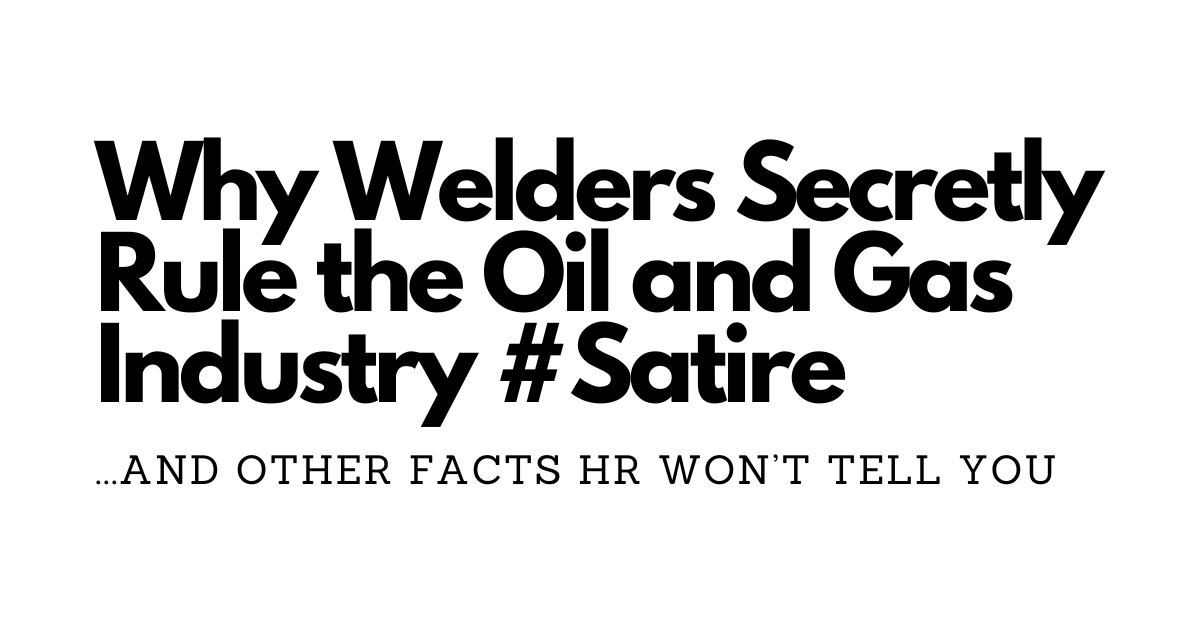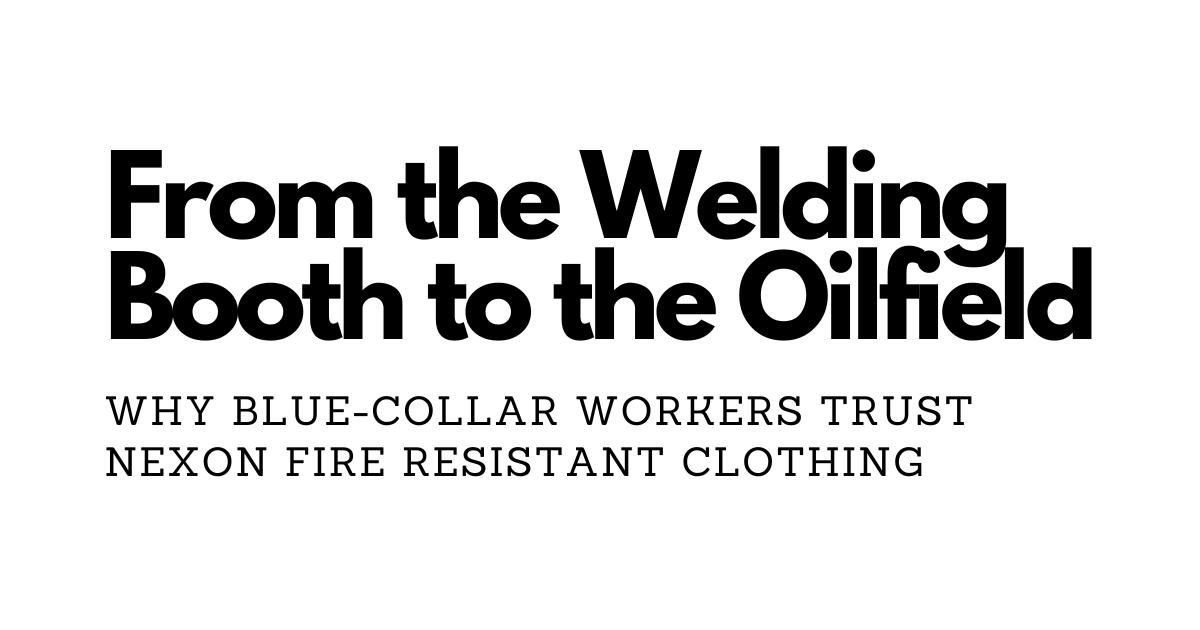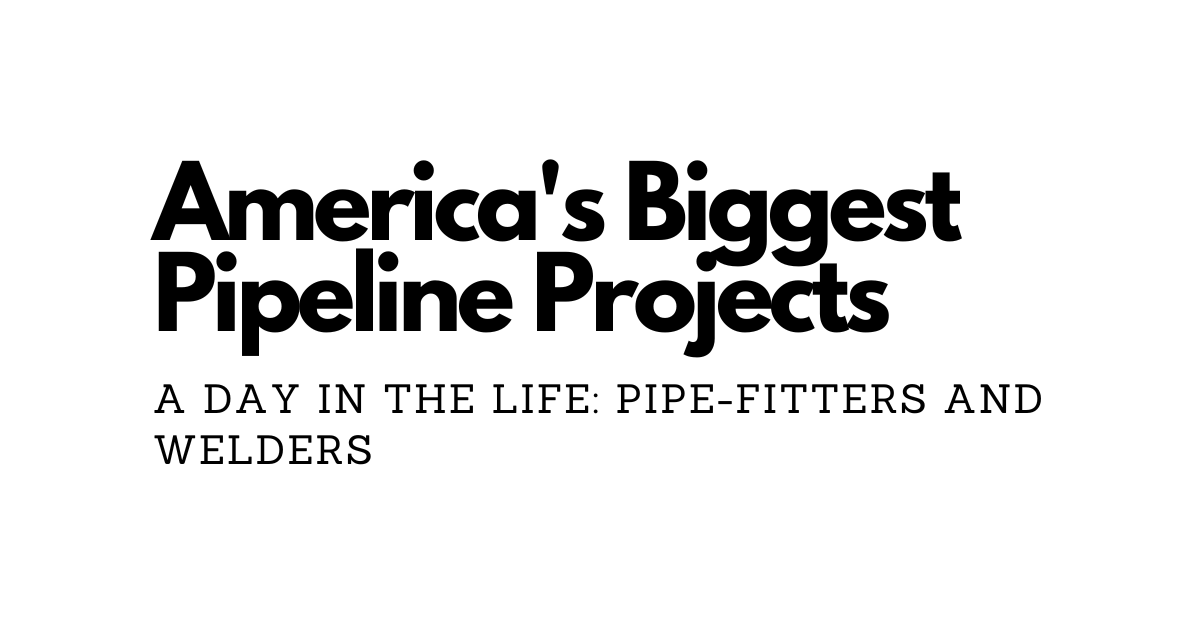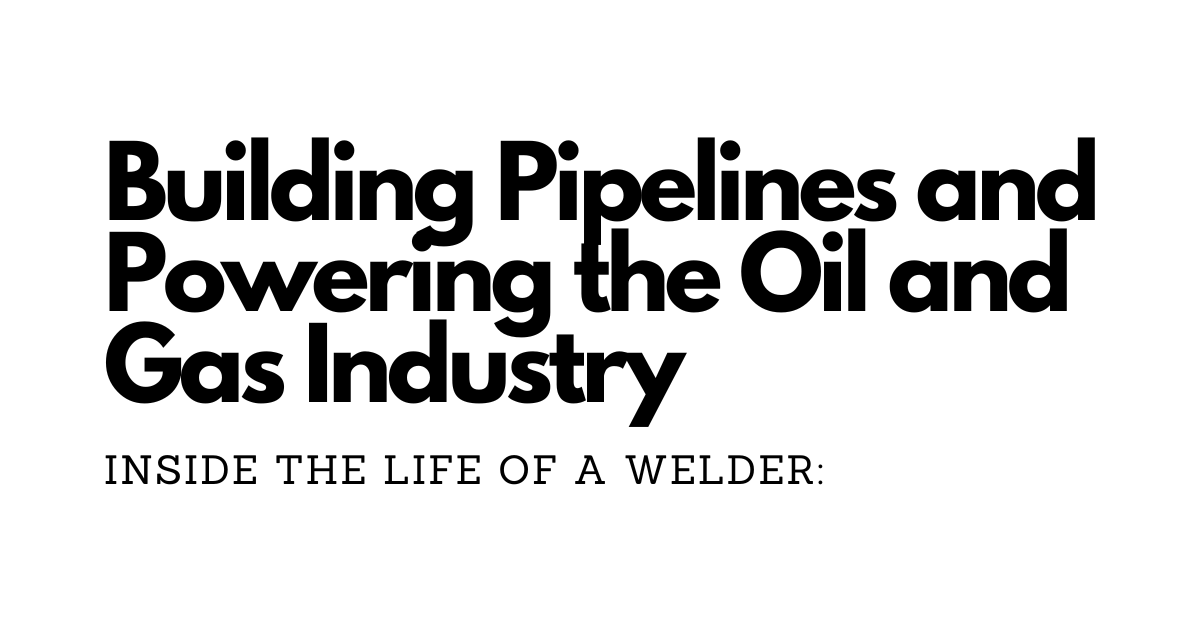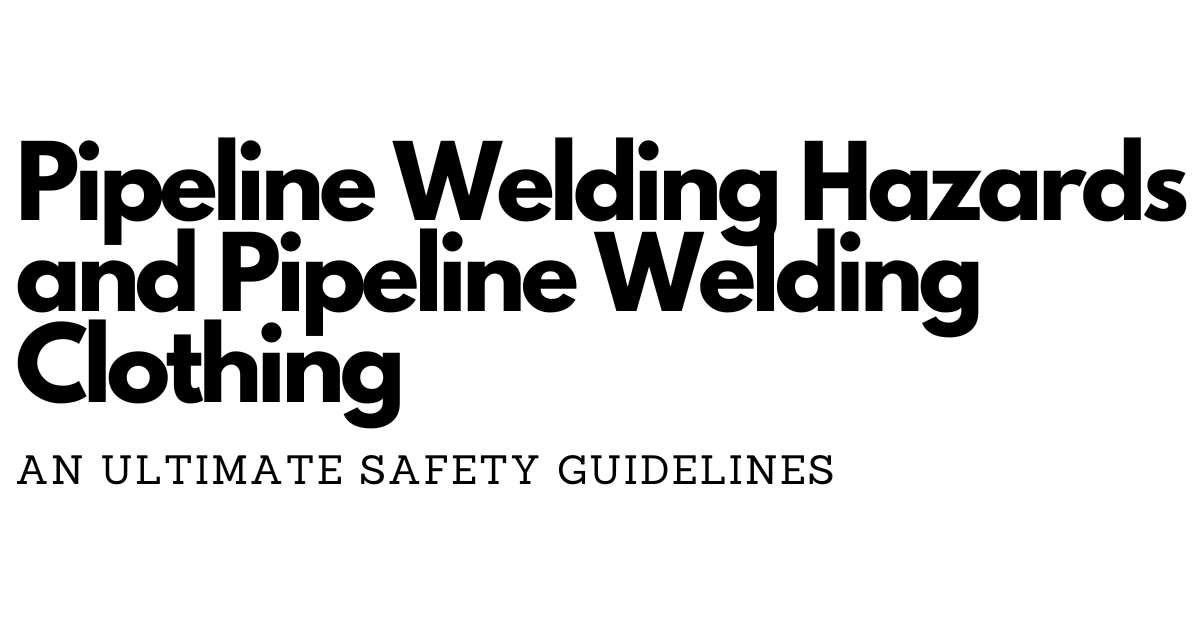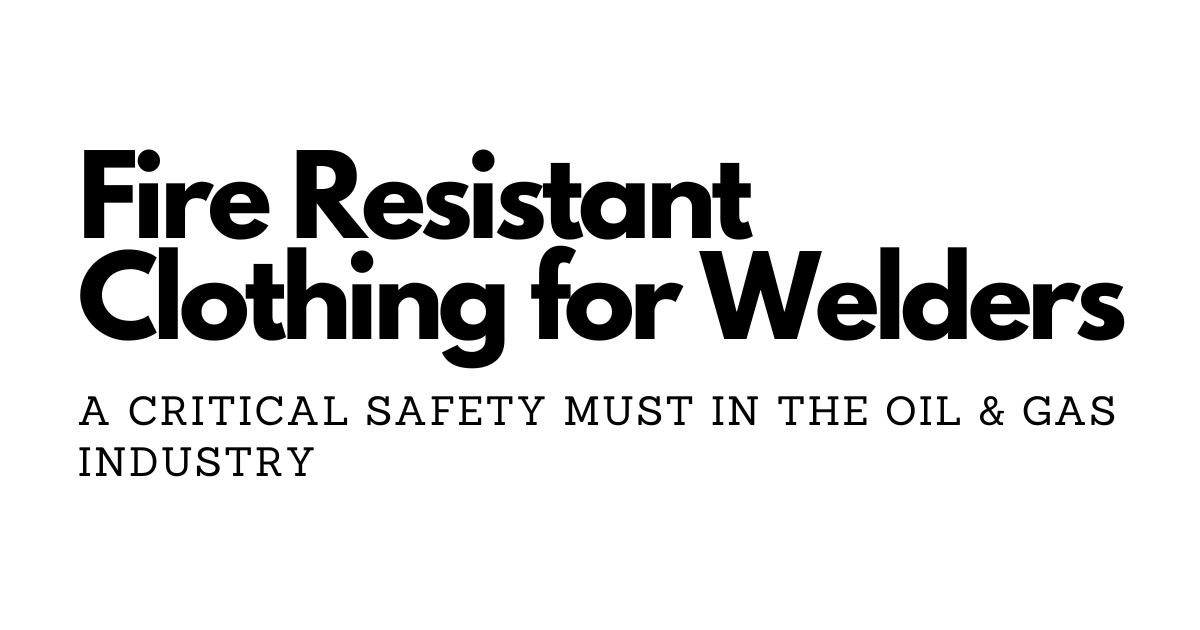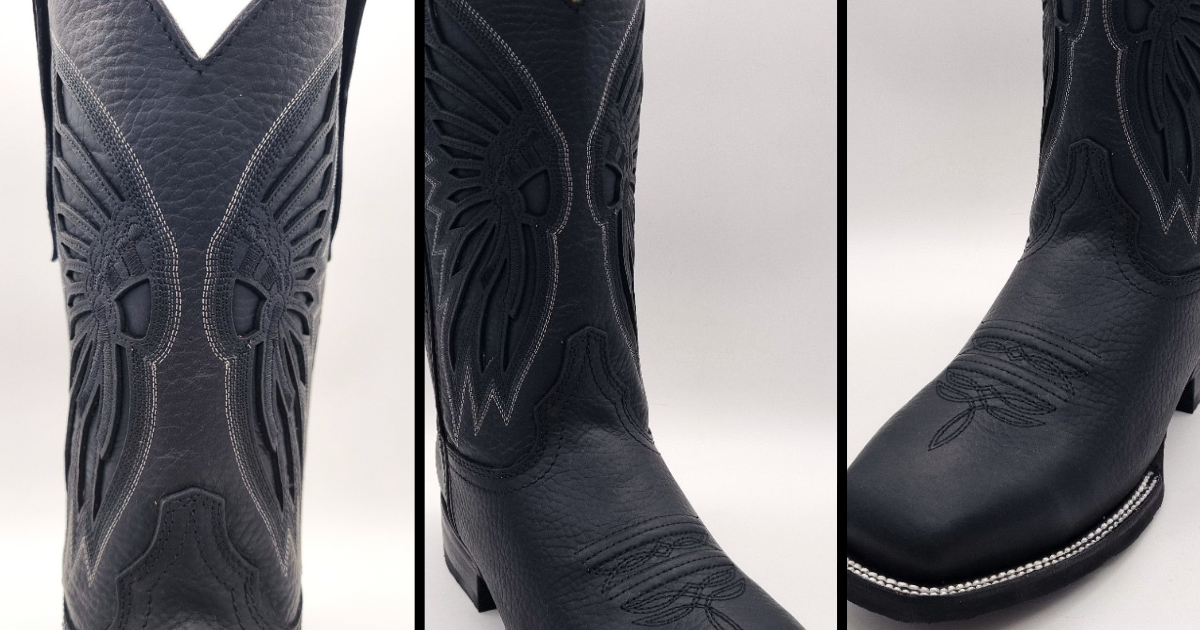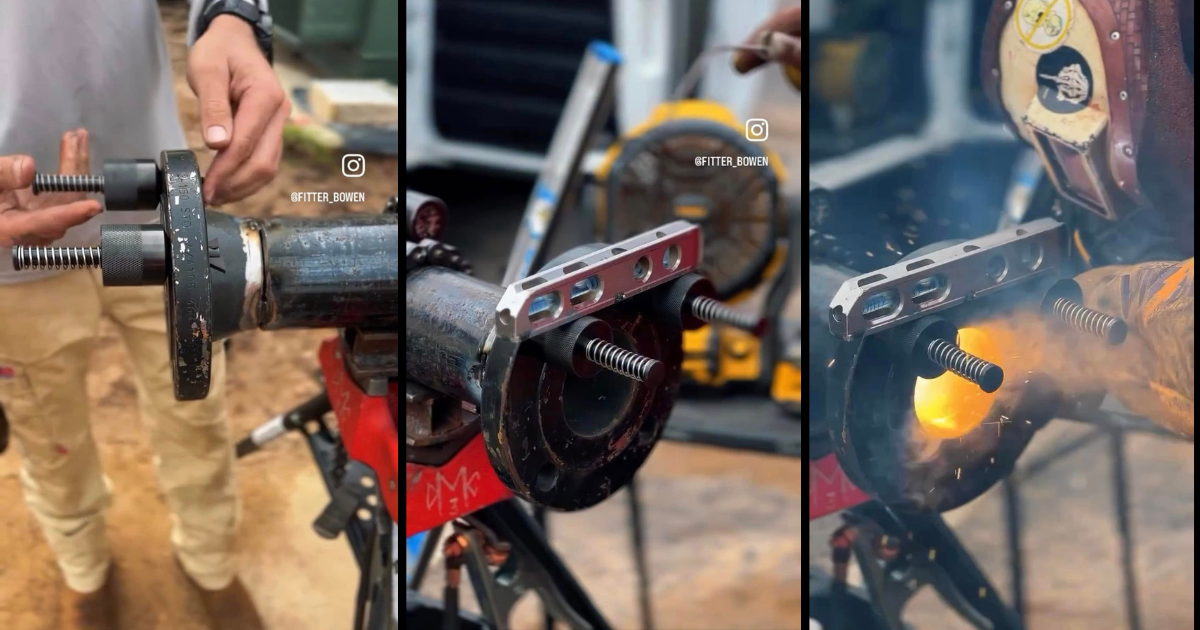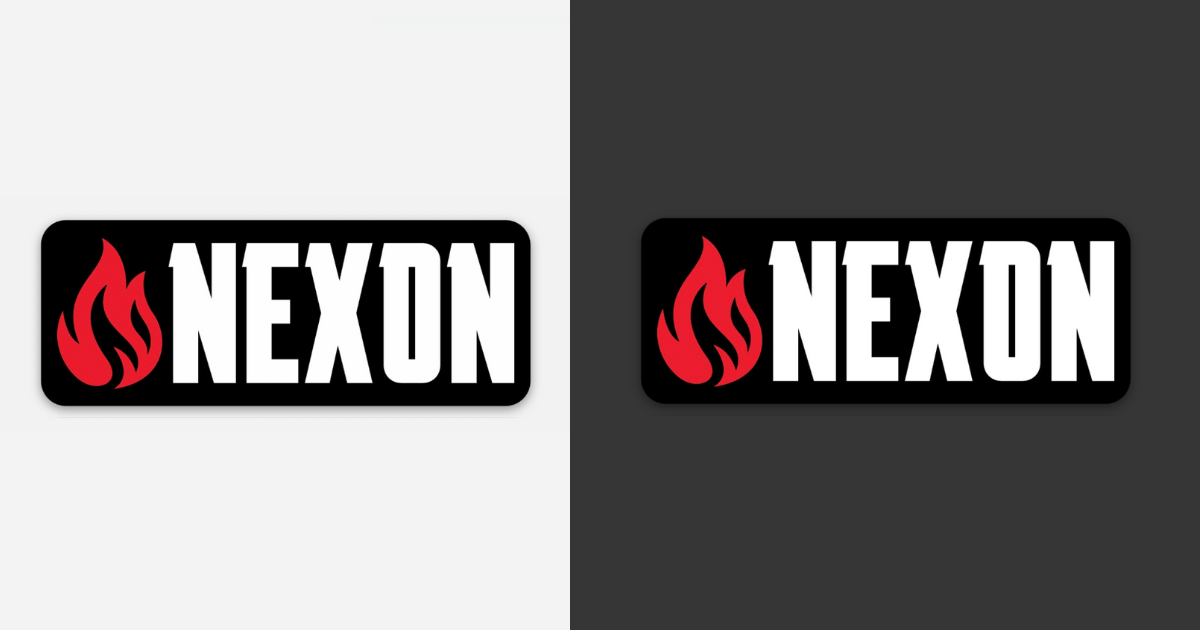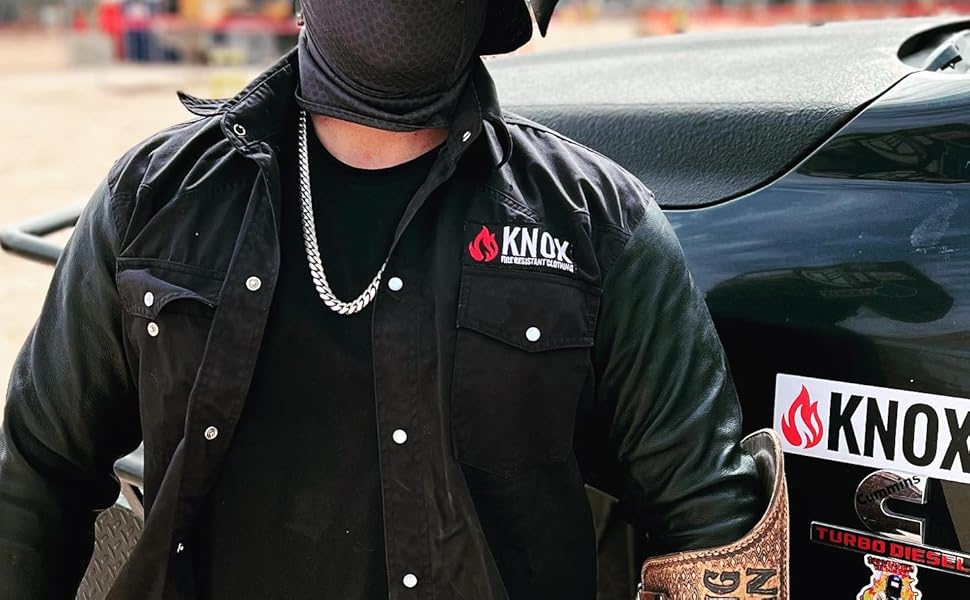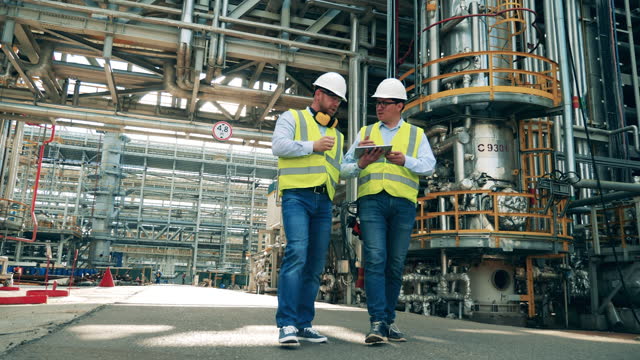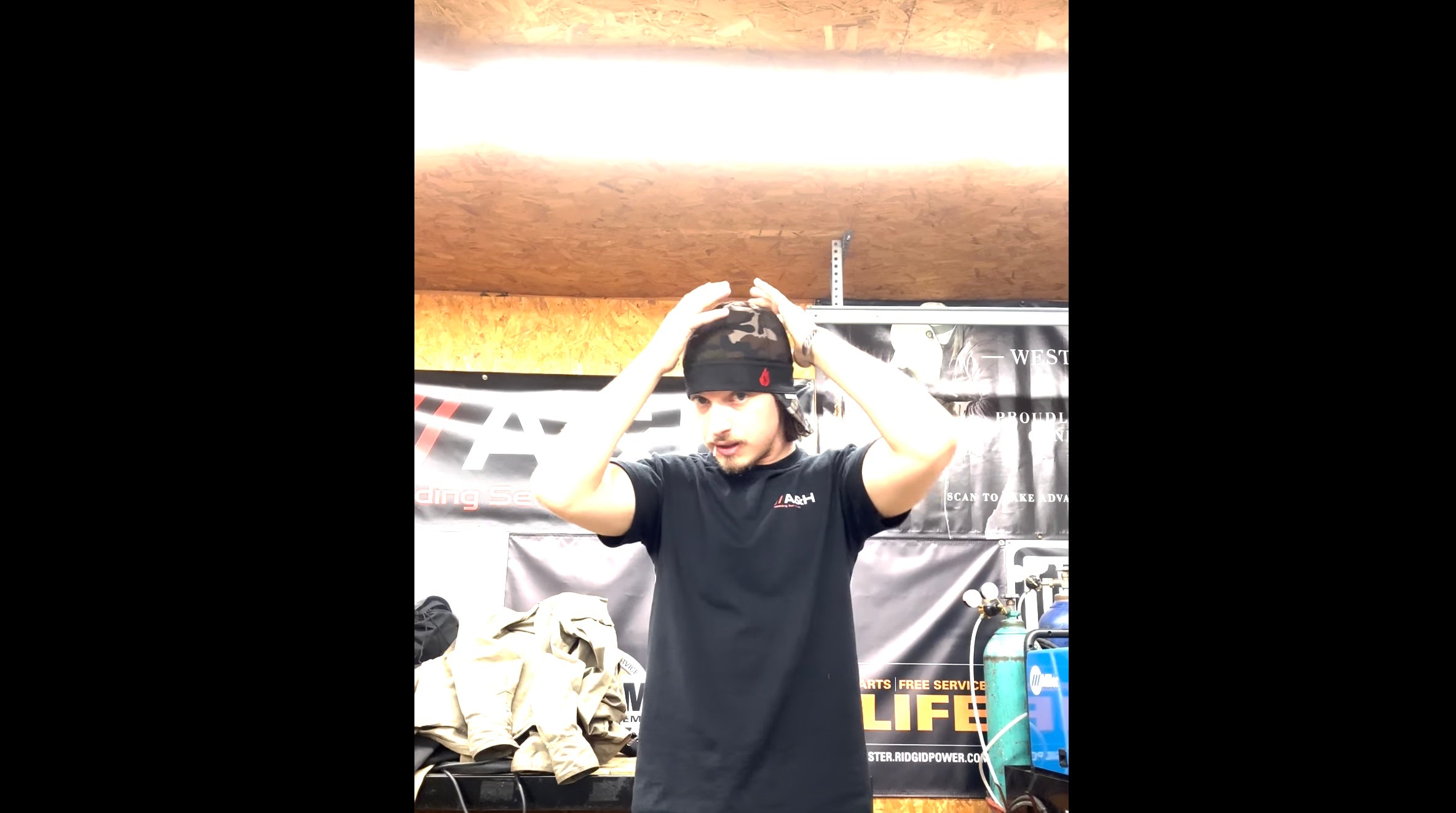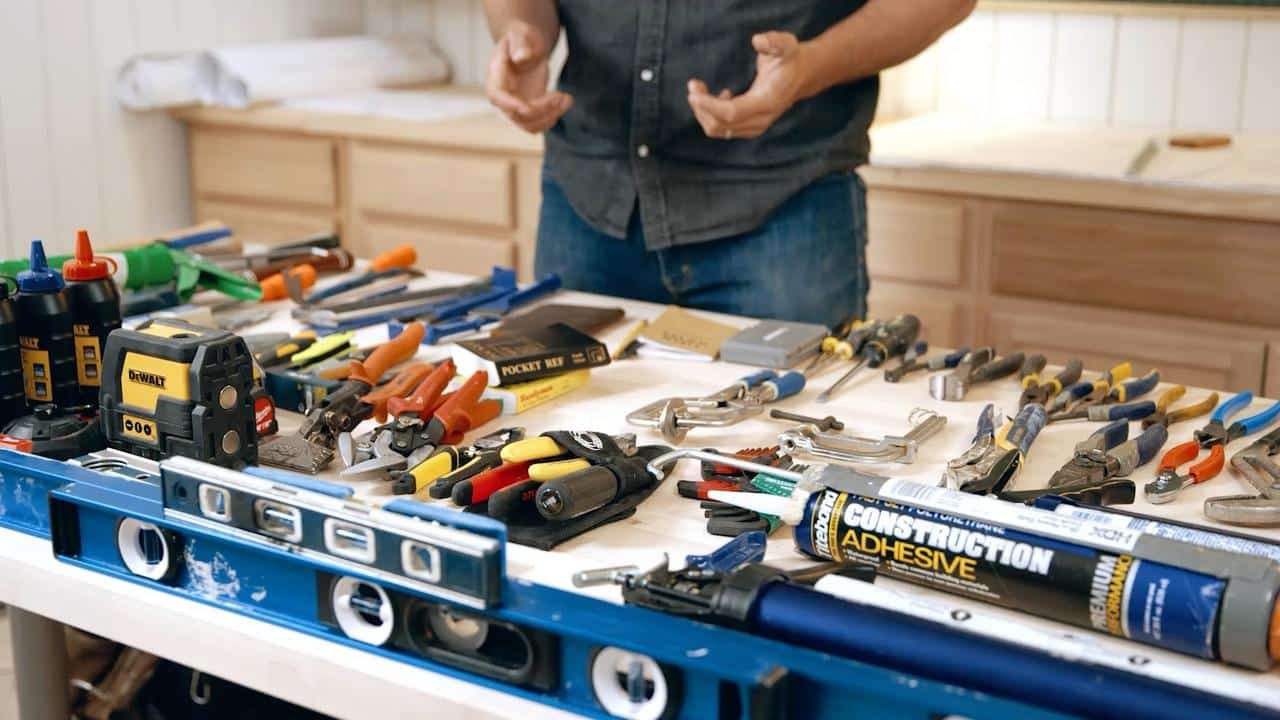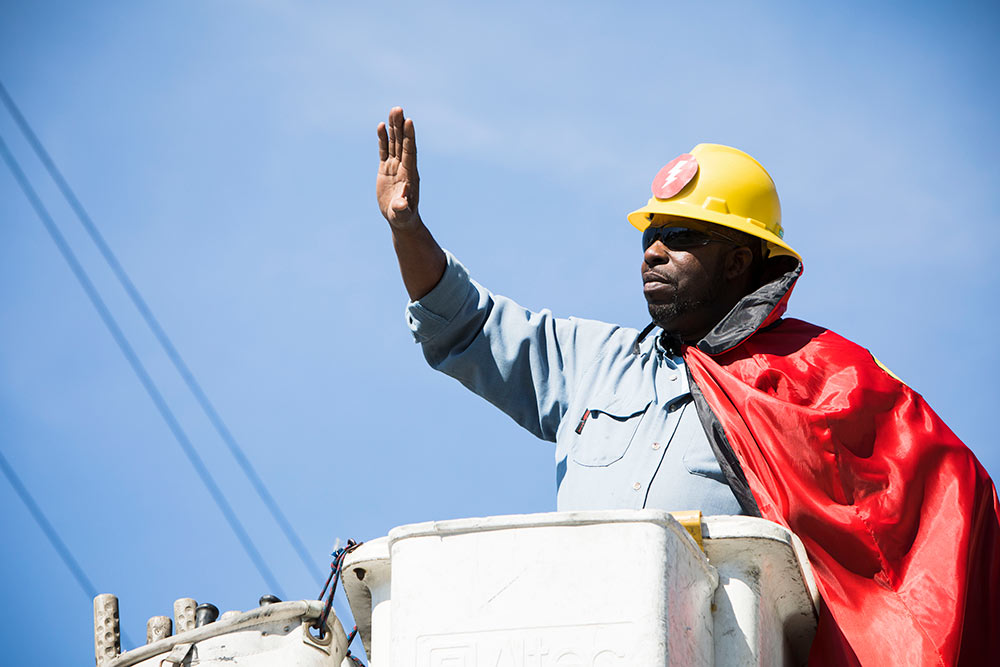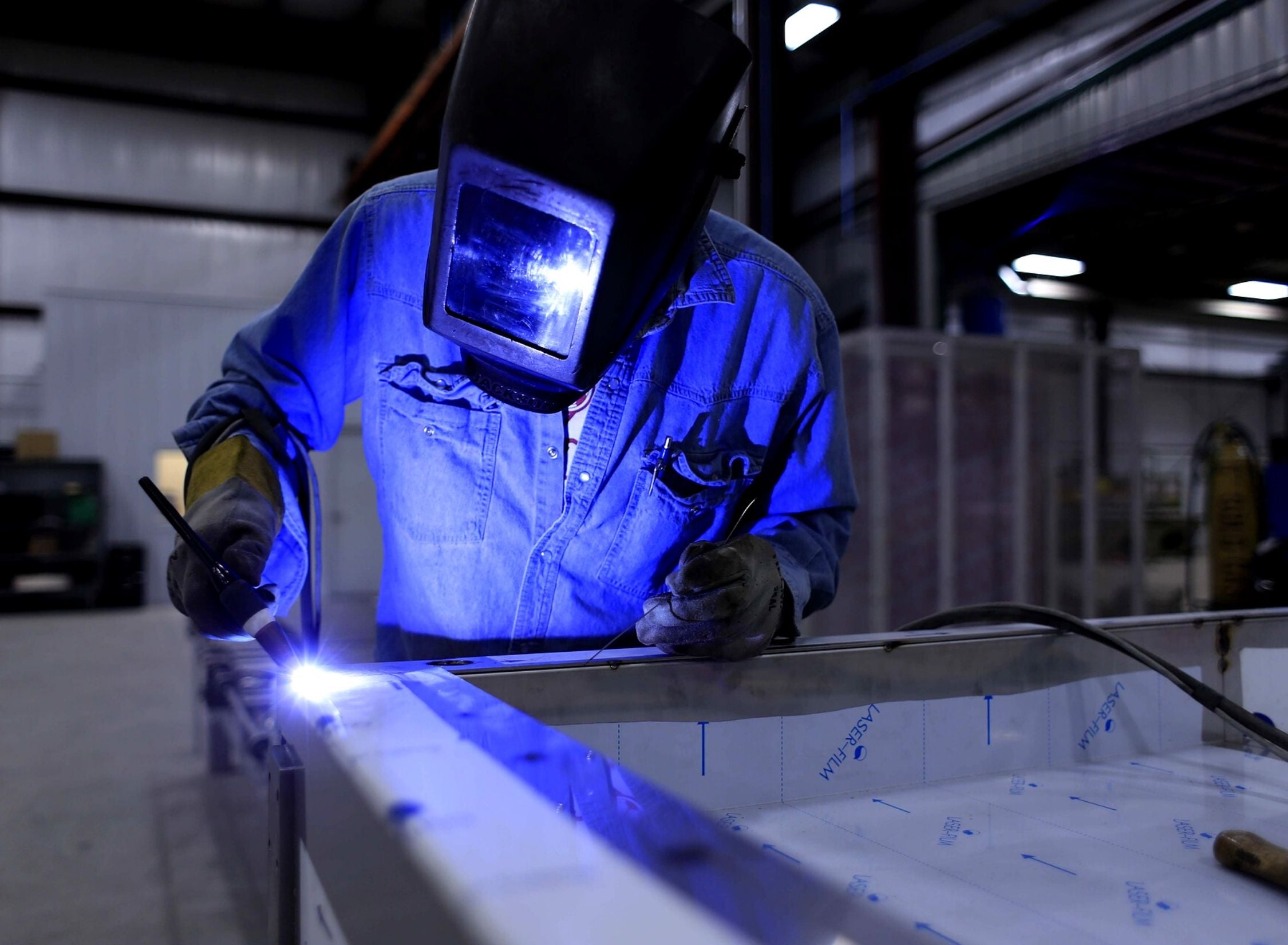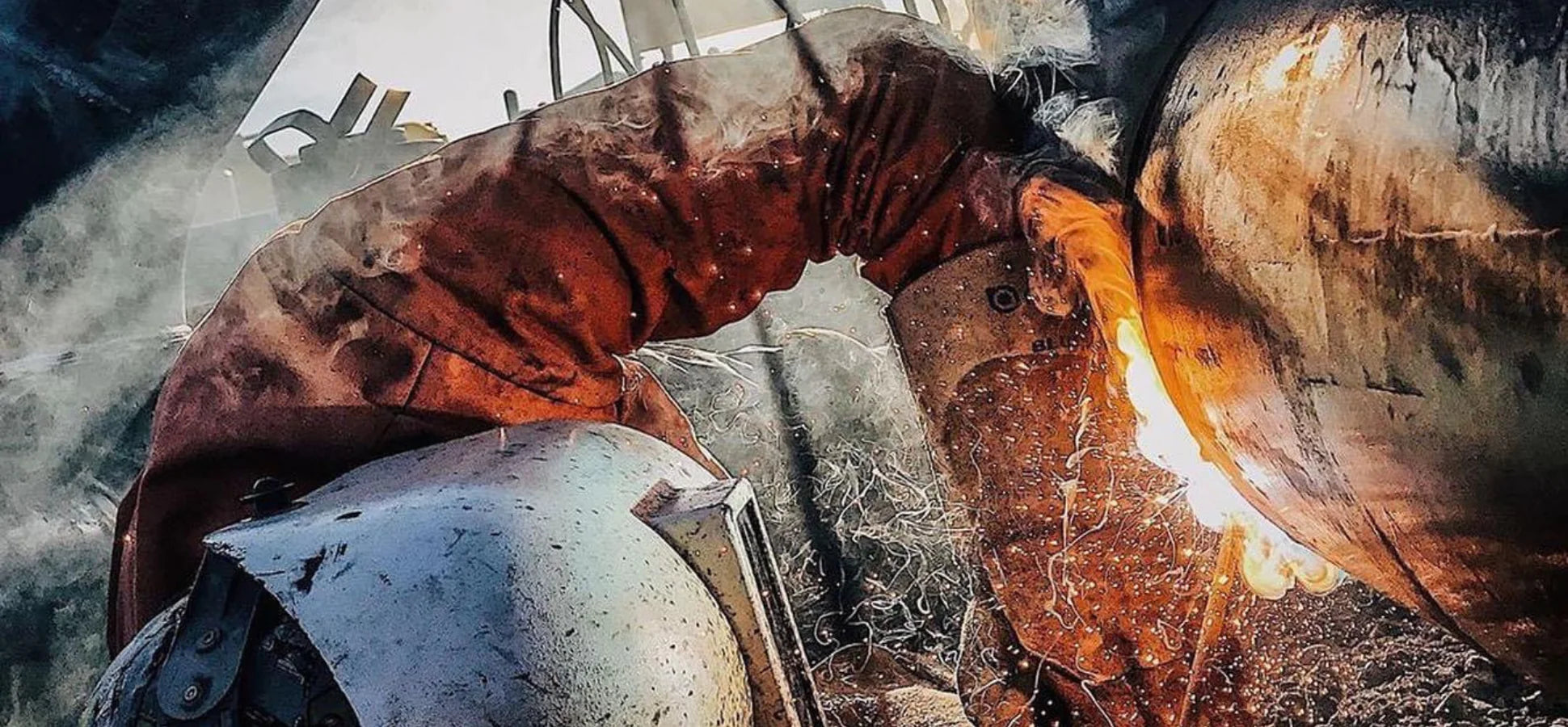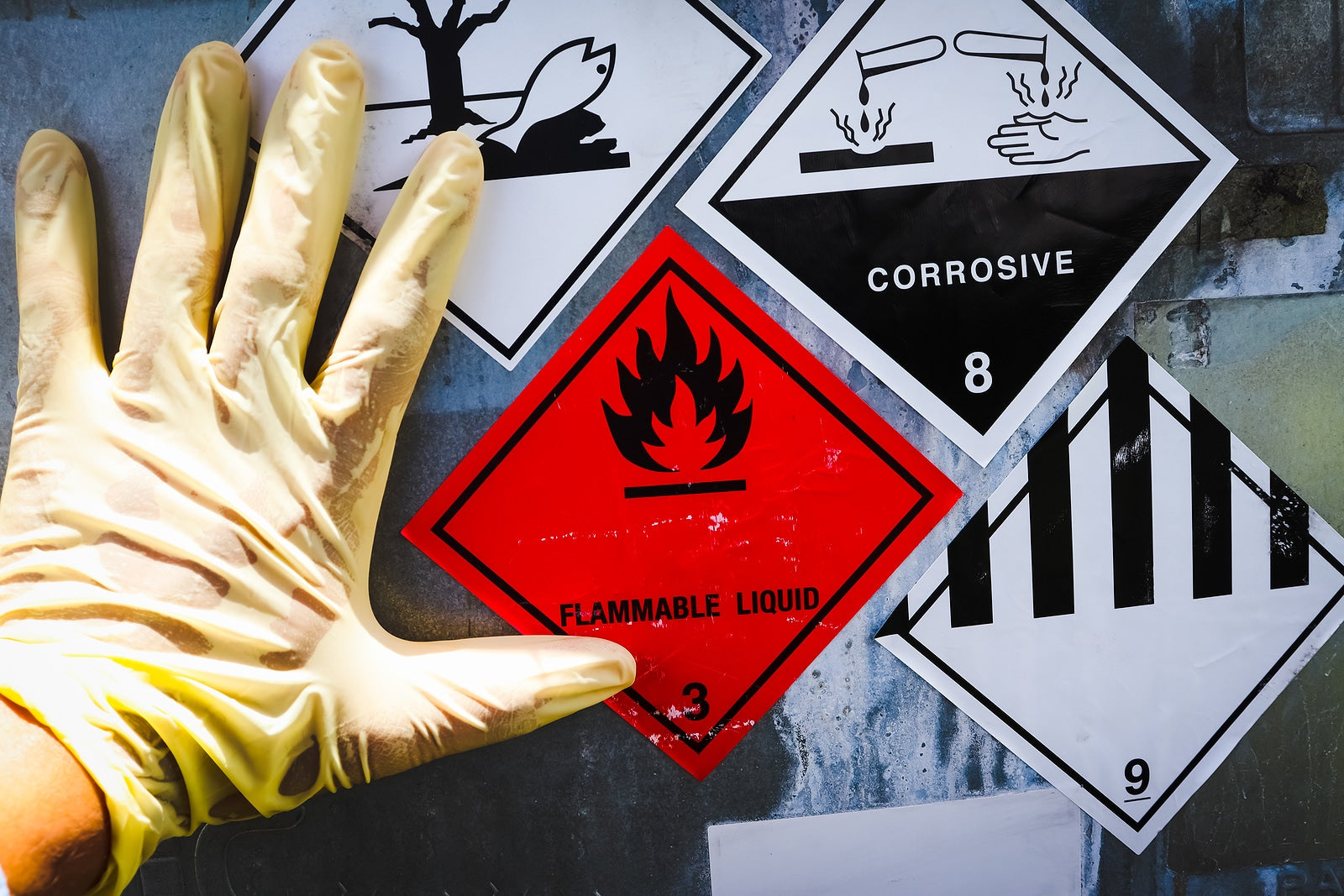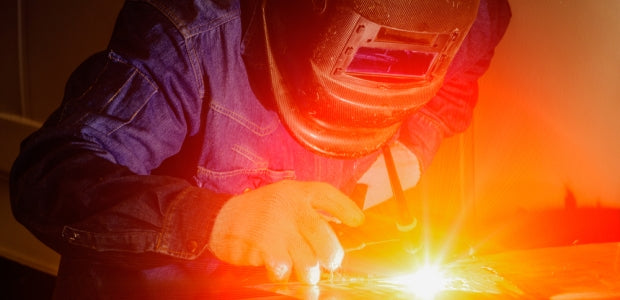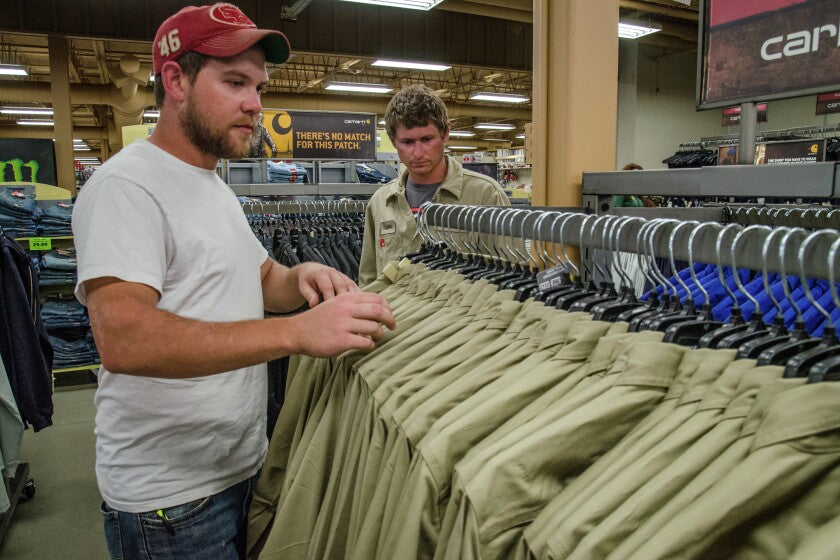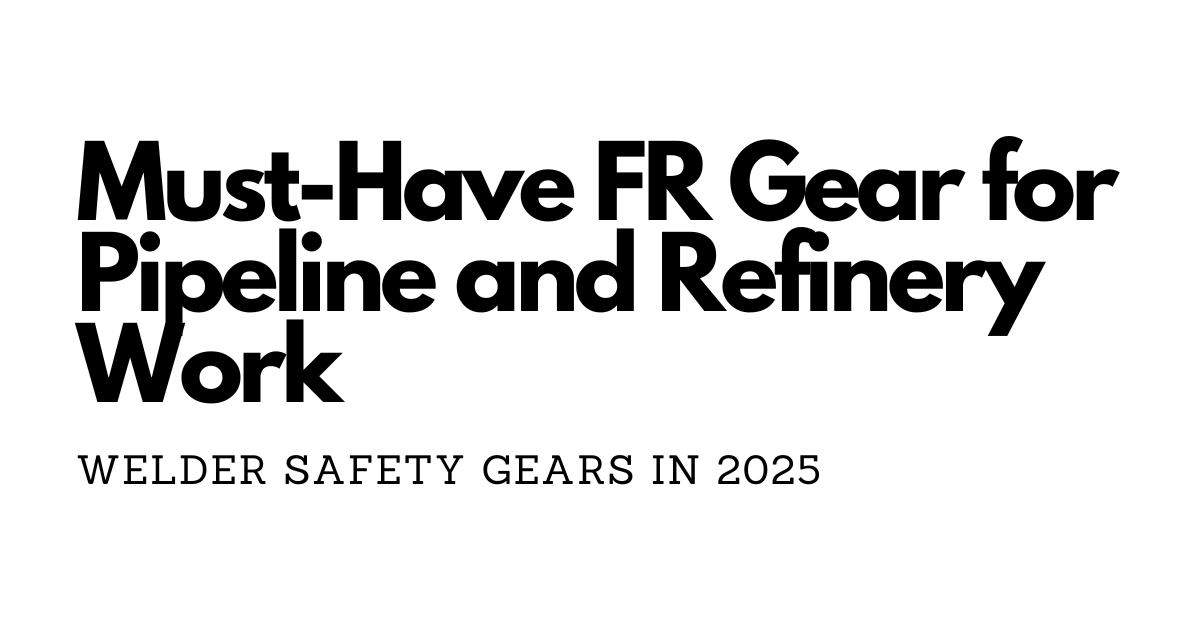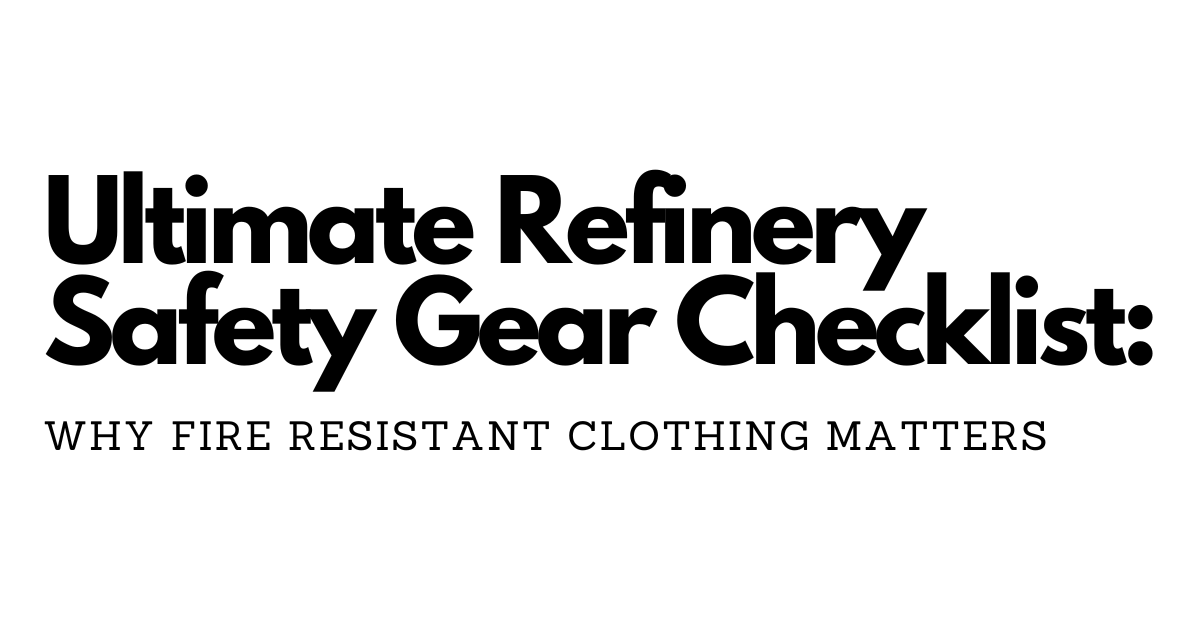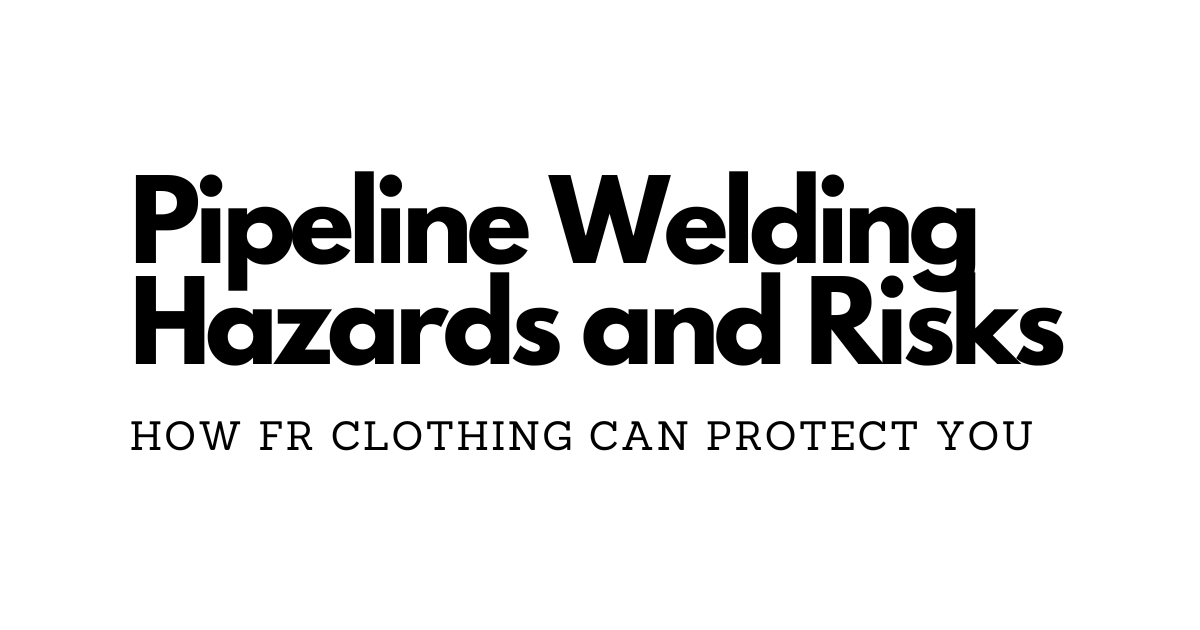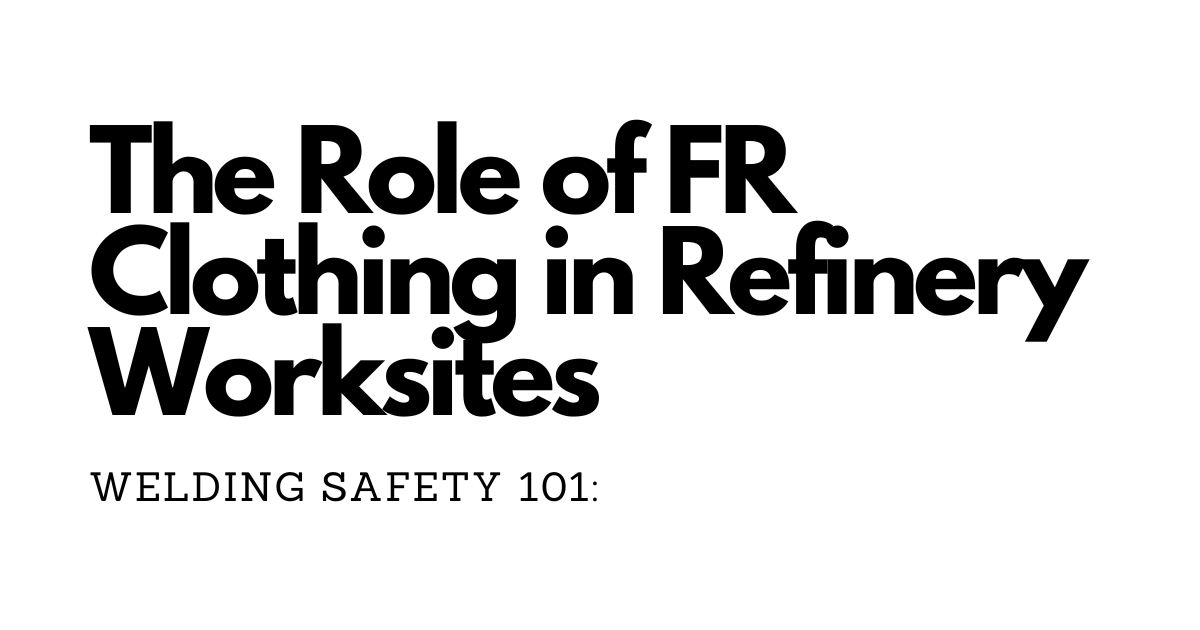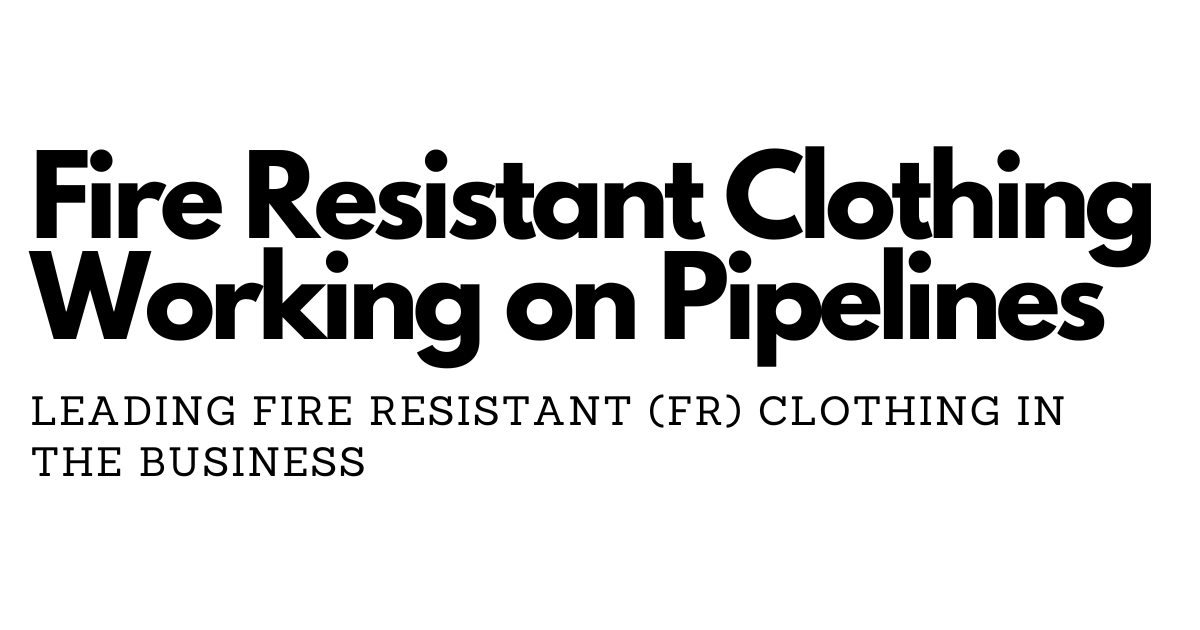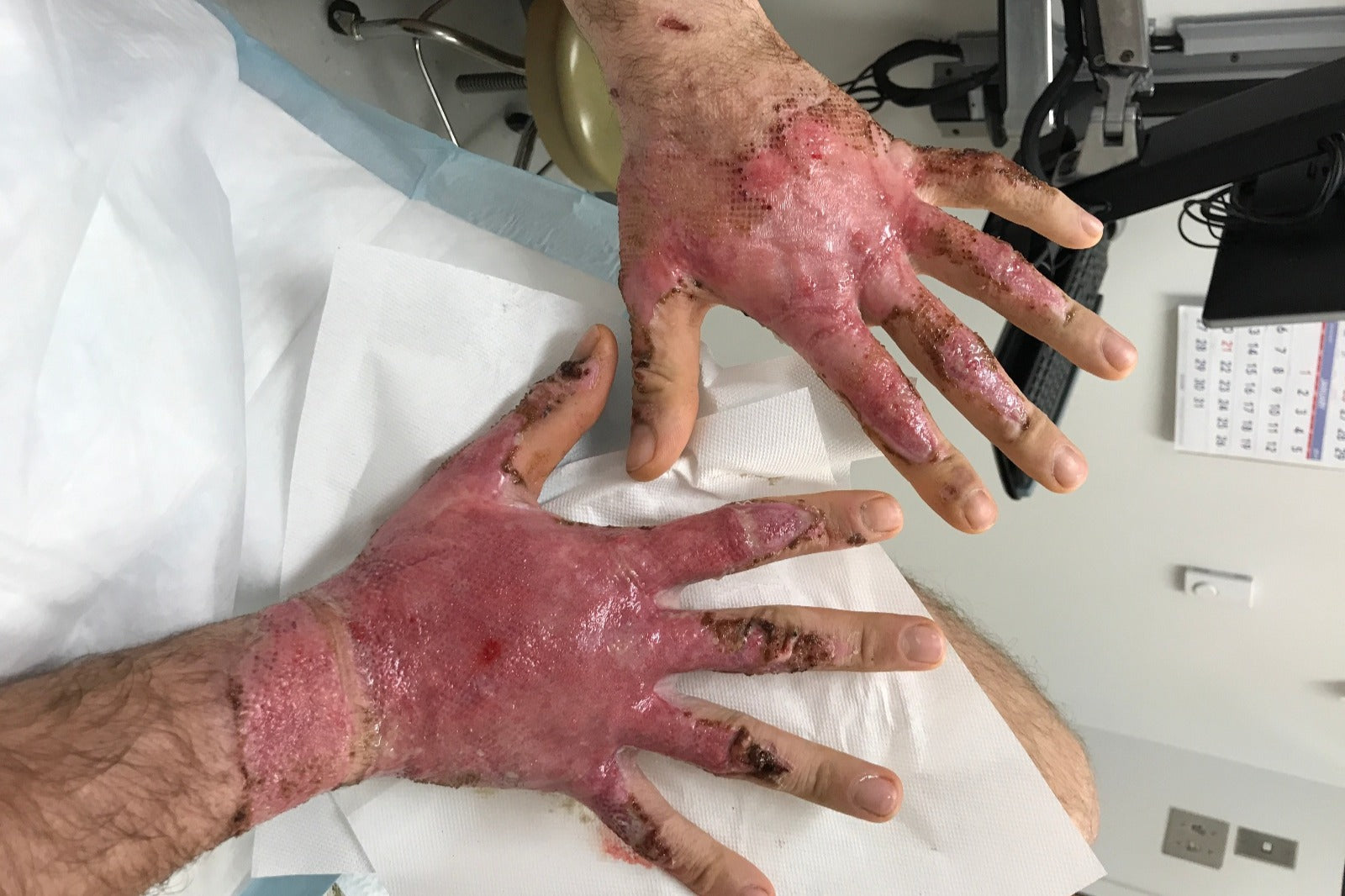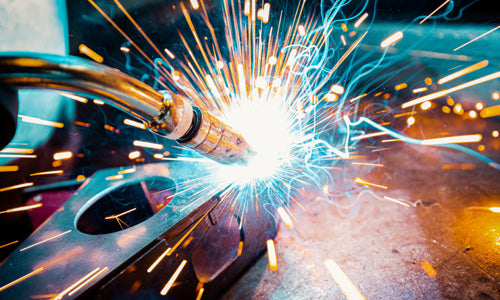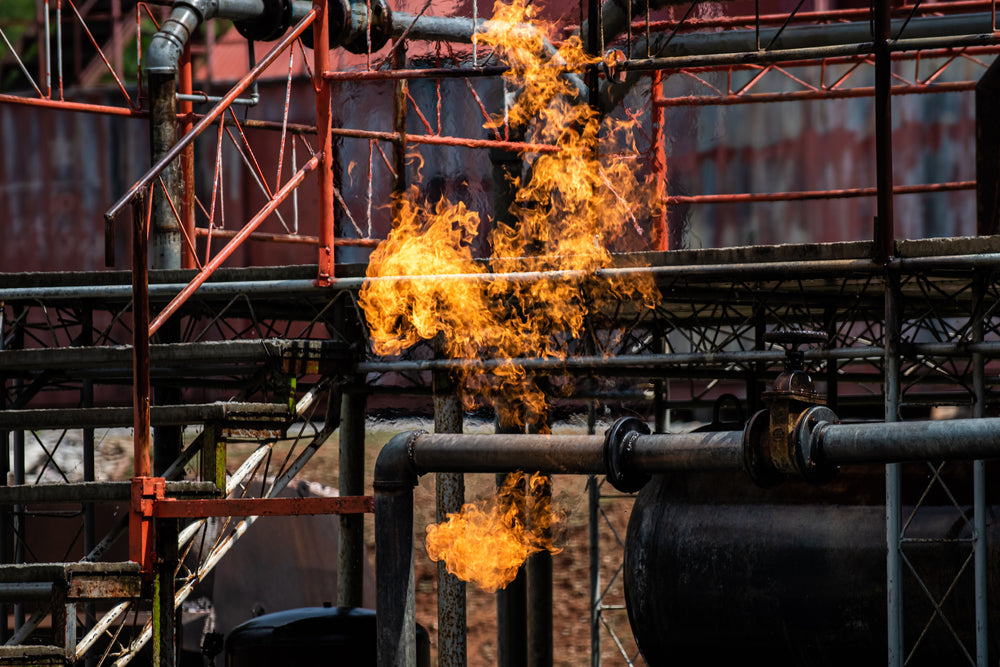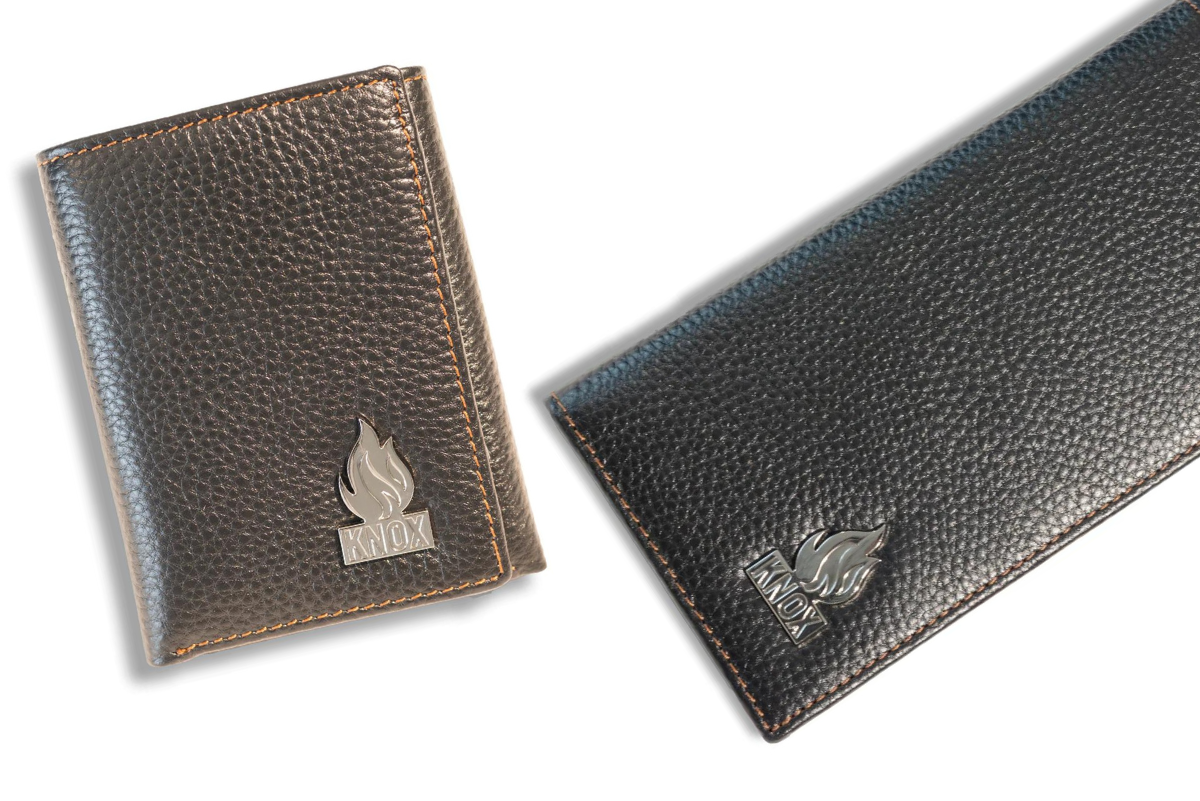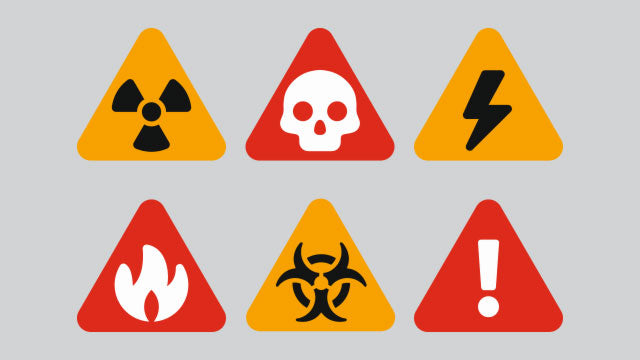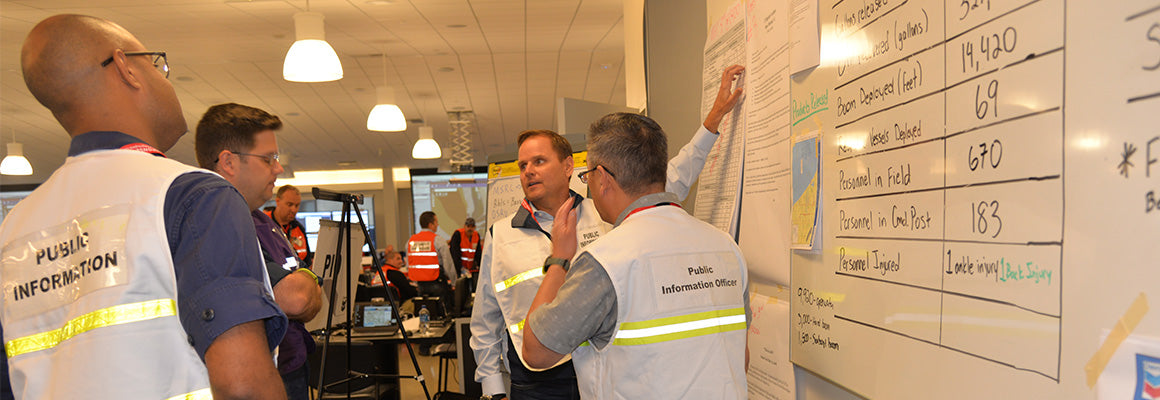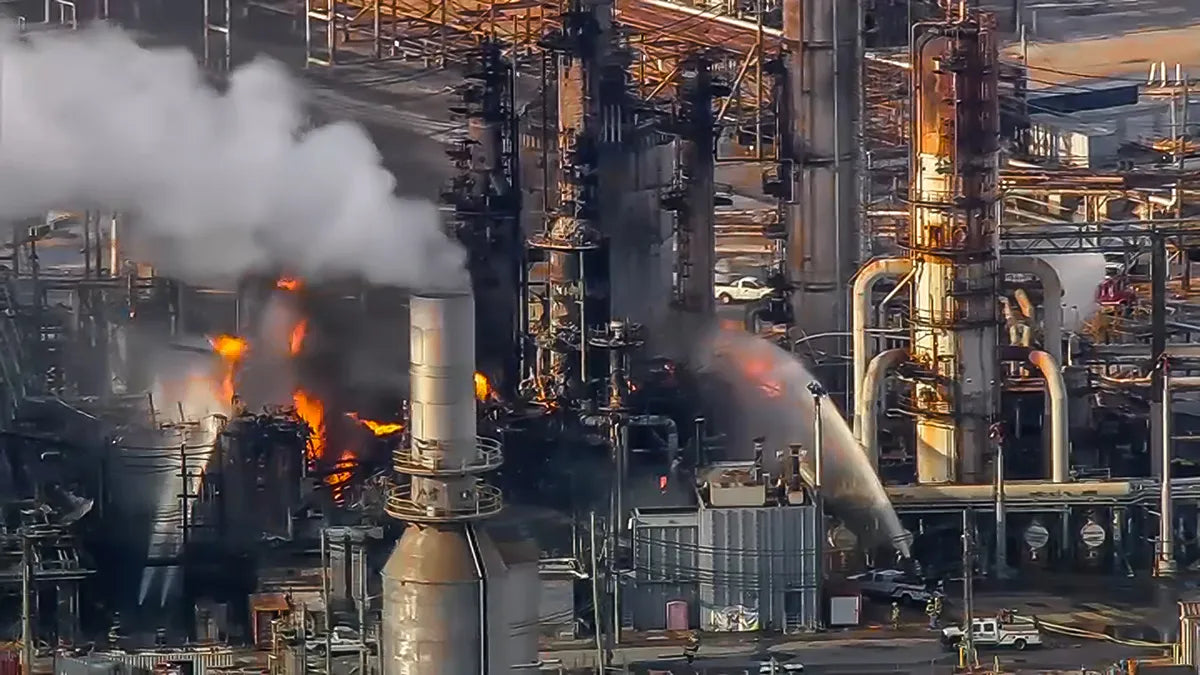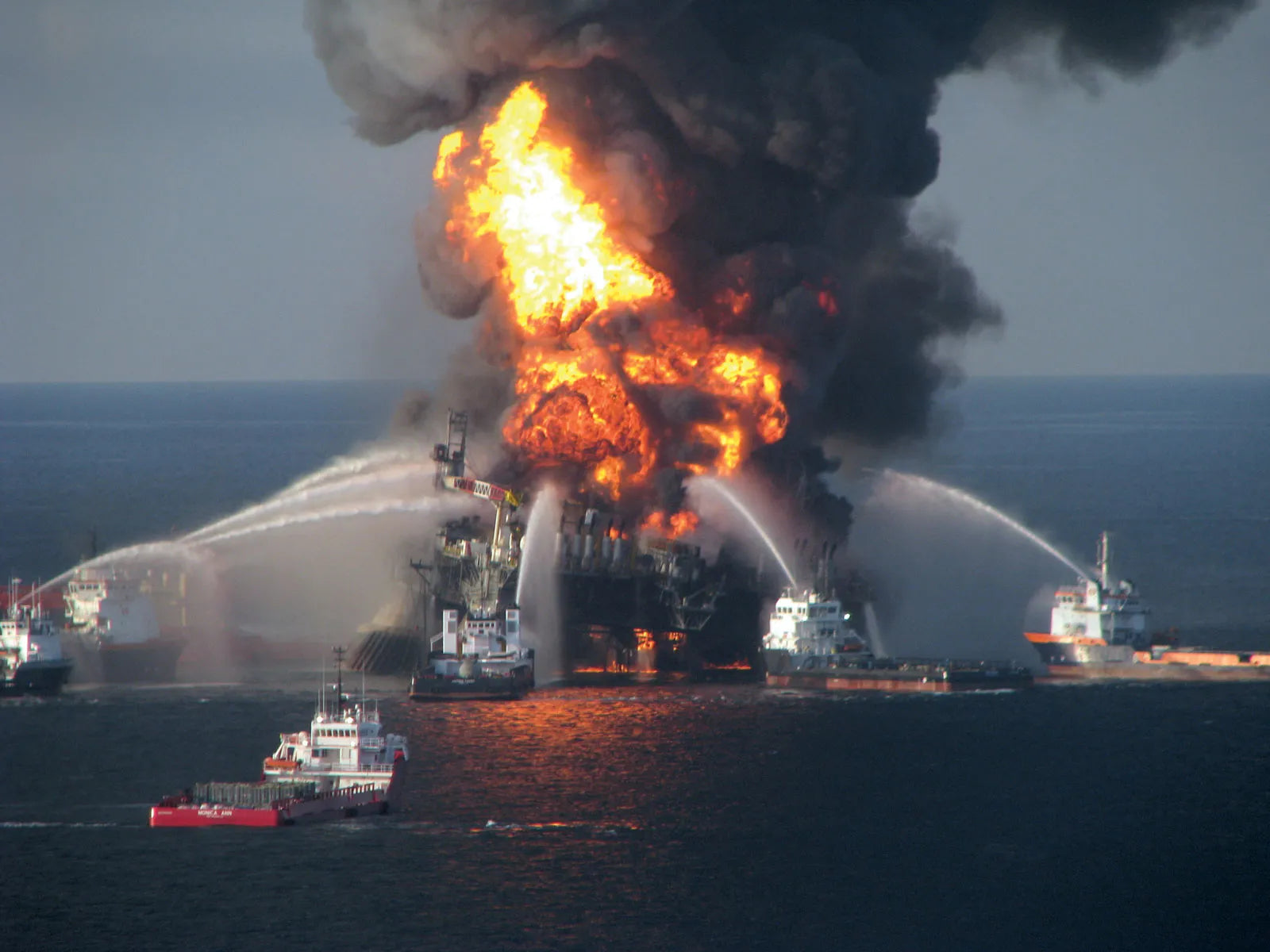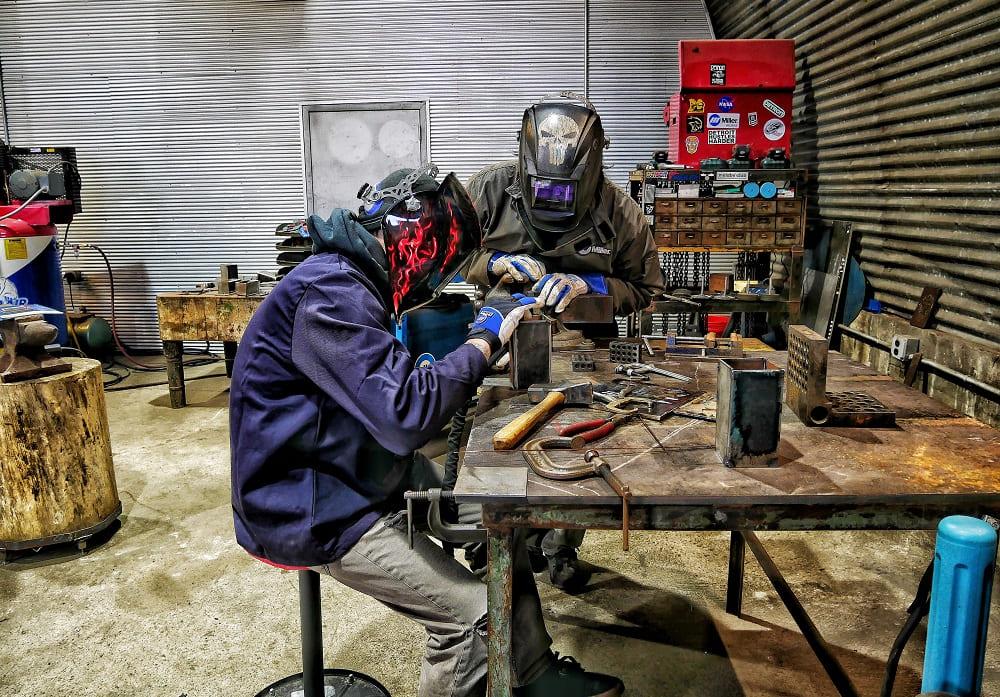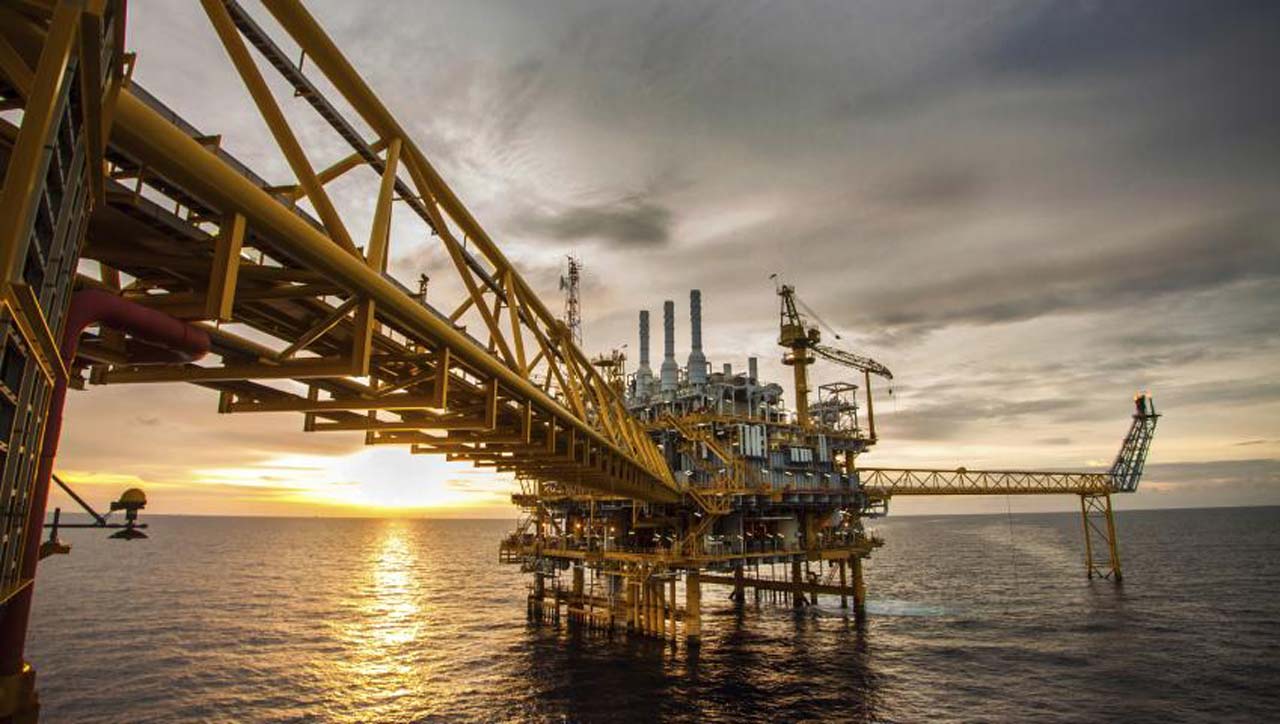
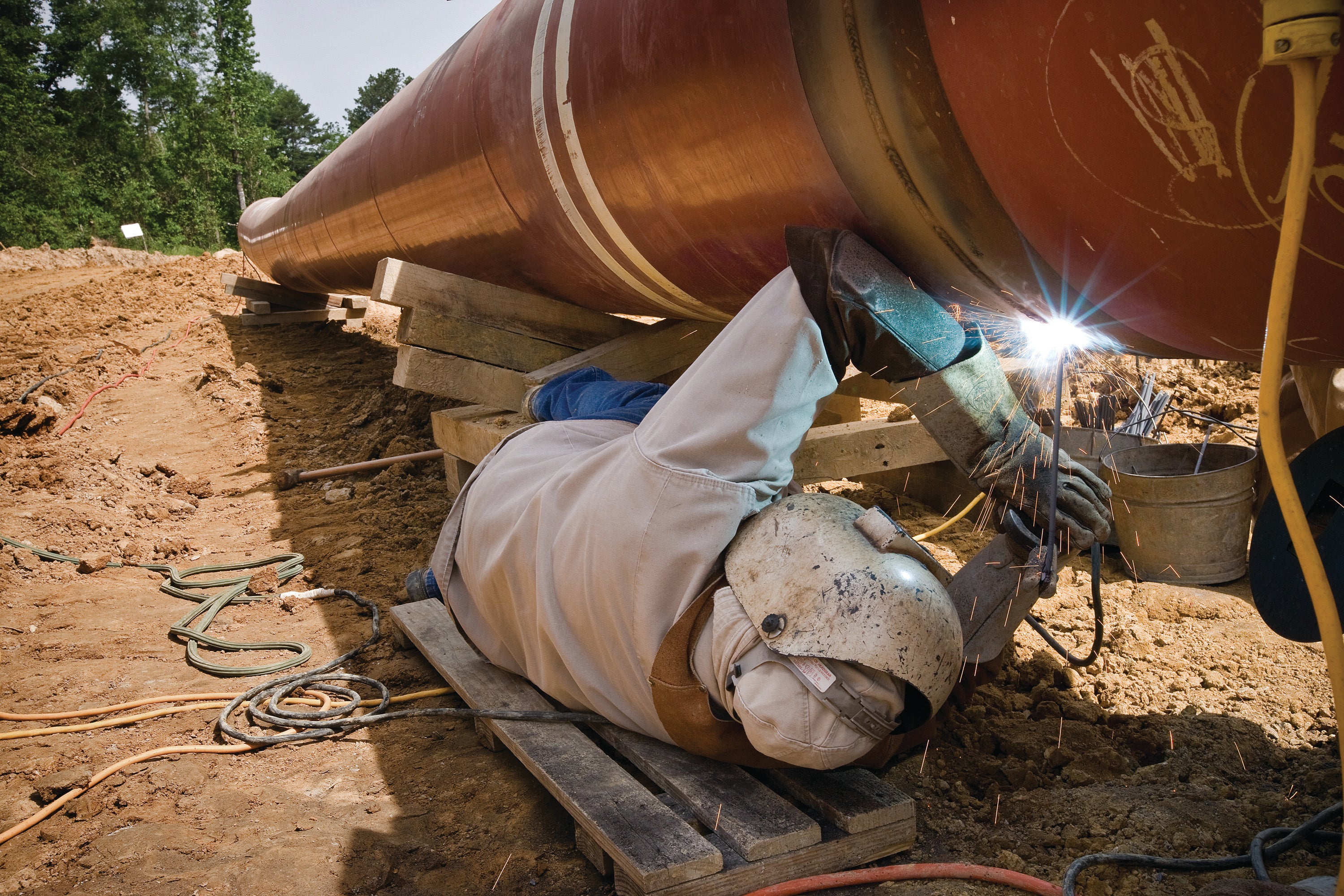
Flame Resistant refers to self-extinguishing ability of garments. These clothes are mandatory when you are working in highly flammable areas. FR gear enables to get enough escape time in a flash fire scenario. It is made up of unmelt-able fabric, ensuring you no increase in the extent of burn injury. These garments impart thermal insulation to keep you safe from heat and withstand breaking open, which would expose skin to hazards.
A diverse array of hazards makes having the right protective gear even more crucial. In many cases, this means fire-resistant (FR) clothing. Working around high-voltage materials and fire hazards, or performing work as a welder are just some examples of occupations that require FR clothing.
If you work in one of these industries, you already know the purpose and importance of flame-resistant gear. But, what actually makes FR clothing fire-resistant? What materials contribute to that protective factor?
Having an insight into the science behind FR clothing will help you be more informed about what products work. A better understanding of this unique type of PPE will help you make smarter buying decisions.
If you’re simply curious about how and why your FR apparel works, that’s great too. The more you know, the safer and more successful you’ll be on the job. Now, it’s time to answer the burning question…
What makes FR Clothing fire-resistant?
Before we talk about what’s in FR clothing, it’s important to know what it’s not. Though not the only industry to wear this type of PPE, the electric power industry is one who has a substantial need for fire-resistant protection. One of these workers’ most serious threats is electric arcs. Hazards from arc blast or flash include:
- High temperatures over short periods of time.
- Hot gases.
- Intense pressure waves from explosions.
- Shrapnel from vaporized and molten metal particles.
The fabric of FR clothing determines its level of protection. It is crafted by using non-synthetic materials like acetate, nylon, polyester or rayon. FR gear may be treated (fabricated then made fire-resistant), inherent (crafted with fire-resistant fibres), or blend (a combination of both treated and inherited).
Listed below are some types of FR clothing and science behind them:
Char-Forming FR Agents:
These are phosphorus-based flame retardants which are integrated into fibres and fabrics. Char-forming FR agents are commonly used with cellulose fibres like cotton, rayon or lyocell. When these fabrics confront fire, and the fibres start to break down to gaseous fuel, the phosphorous agent present in the fabric reacts with the fuel molecules and make a stable, solid char. This char engrosses the gaseous molecules and builds a barricade between the flame and the fabric to prevent further fuel release.
Gas-Phase Radical Scavengers:
Gas-phase radical scavengers are unique chlorine-based compounds. Being the part of fibre structure, these scavengers can form stable radicals on exposure to heat. Instead of oxygen, these radicals combine with fuel radicals, becoming scavenged. Thus, fire is deprived of the chemical chain reaction, and the flame is not maintained.
High-Temperature Fibers:
These lasting fibres have a component that does break apart on exposure to heat less than 750° F. They perform their function by depriving the fire of its fuel.
Why is FR clothing expensive? Flame Resistant clothes are very much expensive as compared to non-flame-resistant gear. Their high prices are that workers wear them for one main reason, which is to keep themselves save from the fire. Also, the material used in their manufacturing is quite expensive. Industries require FR gears to keep their workers safe from ignition sources. Crafting a Flame-Resistant fabric need high expertise, expensive fabric and engineering science as well.
Flame-resistant clothing is more expensive. This is because it is specially made with unique materials. The cost varies depending on the type of clothing you need. Typically industrial budget regarding FR clothing may range to $10,000.
Different PPE will cost more than others. You’ll have to consider buying base layers, jackets, gloves, and more. Knowing what your employees do every day will help in your decisions. It is worth investing in flame-resistant PPE if you work in a field where you are often exposed to open flames.
